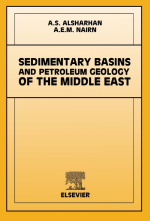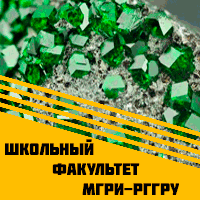Добрый день, Коллеги. Важное сообщение, просьба принять участие. Музей Ферсмана ищет помощь для реставрационных работ в помещении. Подробности по ссылке
Sedimetary basin and petroleum geology of the middle east / Осадочный бассейн и нефтяная геология Ближнего Востока
The countries of the Middle East (Fig. 1.1), the region reviewed in this book, cover parts of the lands of the eastern Mediterranean and the greater part of Arabia (Arabian Shield, Arabian Platform and Arabian Gulf), and the western Zagros Thrust Zone, an area enclosed between 13 ° and 38 ° N and 35 ° and 60 ° E (Figs. 1.2 and 1.3). Topographically, the higher elevations generally lie to the west in the Arabian Shield and pass eastward into the lower-lying areas occupied by the Arabian (Persian) Gulf and the Tigris-Euphrates Valley. To the east of these lie the Zagros ranges, with the Zagros Crush Zone forming the boundary of the region considered here, although as will appear in the following pages, it makes geological sense to include southwestern Iran in the early Phanerozoic. The Arabian Gulf is a shallowly submerged area, with an average depth of only 60 m (197 ft); even the deepest part, lying at the southeastern end, has a depth of only 240 m (787 ft).
Bathymetric charts show a depth asymmetry, with the deeper parts lying closer to the Iranian than to the Arabian shore. At its northern end, the Arabian Gulf gradually is being filled by sediments forming the prograding TigrisEuphrates Delta (Fig. 1.2). At the southeastern end of the Arabian Gulf, there is a sharp change in trend, and the gulf narrows, forming the Strait of Hormuz, where the Musandam Peninsula projects toward the Iranian shore. The submarine continuation of the Arabian Peninsula further restricts open contact of the gulf with the Arabian Sea.
However, the greatest depths are found in the Straits. Beyond the Straits (Hormuz and Bab A1 Mandab near the Gulf of Aden), a profound geological change occurs; while the Arabian Gulf lies on continental crust, the floor of the Gulf of Oman and Gulf of Aden is oceanic. <...>




